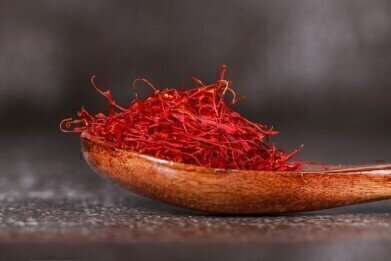Mass Spectrometry & Spectroscopy
What is the Most Common Form of Food Fraud?
Jul 21 2022
From honey and olive oil to lemons and garlic, fraud is widespread in the food industry. The potential for financial gain is enormous, with some analysts estimating fraud costs the global food industry an eye-watering US$40 billion a year. As well as an enormous economic cost, food fraud poses a serious health threat to consumers.
Now we know more about just how serious a threat food fraud is, let’s take closer look at some of the most common forms:
Olive oil
In 2011, investigative journalist Tom Mueller made headlines with a book titled Extra Virginity. He claimed up to 80% of extra virgin olive oil sold in the US is fraudulent, often because the product is diluted with inferior oils such as sunflower and canola. In other cases, extra virgin olive oil may be marketed as a product from Italy, but produced in a country such as Spain, Turkey or Syria.
Milk and dairy products
Artificially increasing volume by adding water is one of the most common crimes in the milk industry. Not only does this decrease nutritional value but it can increase the risk of contamination due to the presence of water-borne bacteria. Some producers attempt to disguise dilution by adding ingredients such as melamine to increase nitrogen content. An incident in China in 2008 underscored the dangers of such practices, with melamine contaminated milk products resulting in multiple infant deaths.
Honey and maple syrup
The honey industry is a major food fraud victim, with multiple forms of adulteration available to criminals. These include diluting pure honey with inferior products such as sucrose syrup to artificially inflate yield. Other examples include the use of resin technology to disguise the origins of the honey and pass it off as a higher quality product. Resin technology can also be used to mask the presence of antibiotics and other contaminants.
Saffron and other high value spices
With prices as high as $10,000 per kilogram, saffron is one of the most expensive food products in the world. It’s no surprise criminals target the spice, which is rich in flavour and antioxidants.
Fighting food fraud
Groups like SSAFE, a non-profit organisation established to improve integrity across the global food supply chain, play an important role in combating food fraud. The organisation recently launched an online tool designed to help companies fight food fraud, identify criminals and protect consumers.
“Recent food fraud incidents have increased the need to strengthen the food industry’s ability to detect and combat fraud across food supply chains,” says Quincy Lissaur, Executive Director at SSAFE. “As a non-profit organisation SSAFE believes protecting consumers is vital. By developing this free tool we hope to help strengthen companies’ internal controls while reducing opportunities to adulterate food for economic gain.”
Want to know more about food fraud? We take a closer look at some of the most common examples of food fraud, as well as the state-of-the-art scientific techniques and technologies being used to combat crime, in ‘A Complete Guide to Food Fraud & Foodomics’. Or read 'Accurate Testing Keeps Farm Animals Healthy' to discover the importance of testing on animals at the very start of the food production chain.
Digital Edition
ILM 49.5 July
July 2024
Chromatography Articles - Understanding PFAS: Analysis and Implications Mass Spectrometry & Spectroscopy Articles - MS detection of Alzheimer’s blood-based biomarkers LIMS - Essent...
View all digital editions
Events
Jul 28 2024 San Diego, CA USA
Jul 30 2024 Jakarta, Indonesia
Jul 31 2024 Chengdu, China
ACS National Meeting - Fall 2024
Aug 18 2024 Denver, CO, USA
Aug 25 2024 Copenhagen, Denmark



.jpg)
24_06.jpg)













